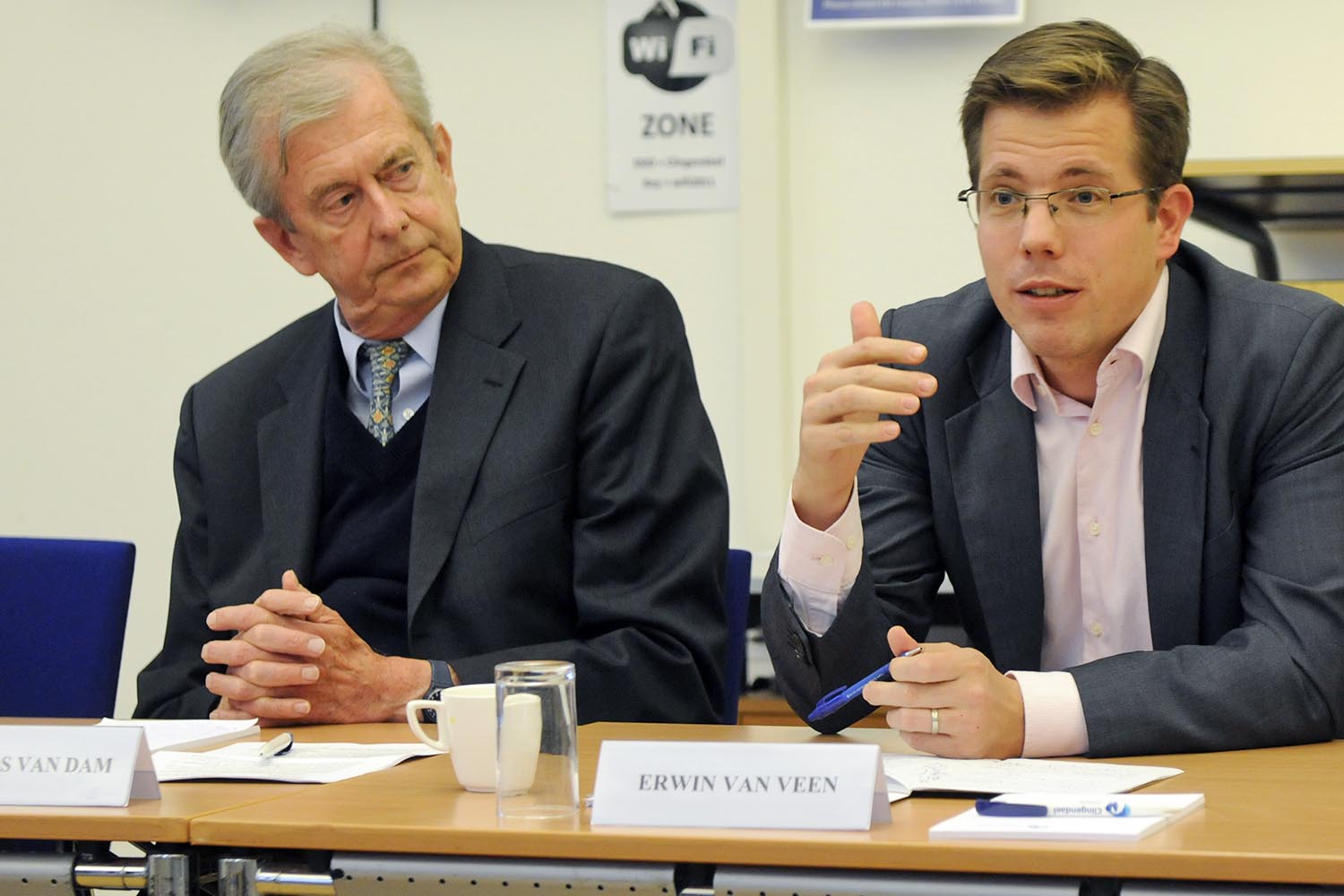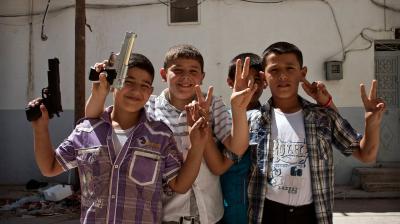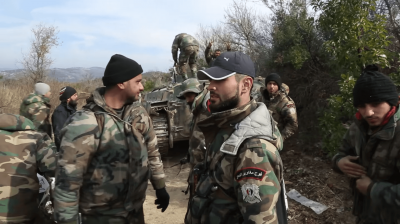Reconstructing Syria: limitations and possibilities
During a Clingendael expert meeting on November 8, Nikolaos van Dam, former Special Envoy of the Netherlands to Syria, Hadi al-Bahra, member of the Syrian opposition movement, and Erwin van Veen, Senior Research Fellow at Clingendaels Conflict Research Unit discussed the limitations and possibilities of Syria's reconstruction. The event was moderated by Clingendael Senior Visiting Fellow and Middle East expert Bertus Hendriks. The commentary below by Erwin van Veen was inspired by the discussions at the event.
Without a political roadmap that is viable and agreeable to Western European countries, there is little point in financing Syria’s reconstruction. This will entrench the regime of President Assad in the best case, and set the scene for the next conflict in the worst. Instead, Western European countries should regain the political footing they have lost by discarding the global war on terror frame for viewing the Syrian conflict, disassociating themselves from US-strategy in respect of Syria and engaging more seriously with Iran as a key regional power.
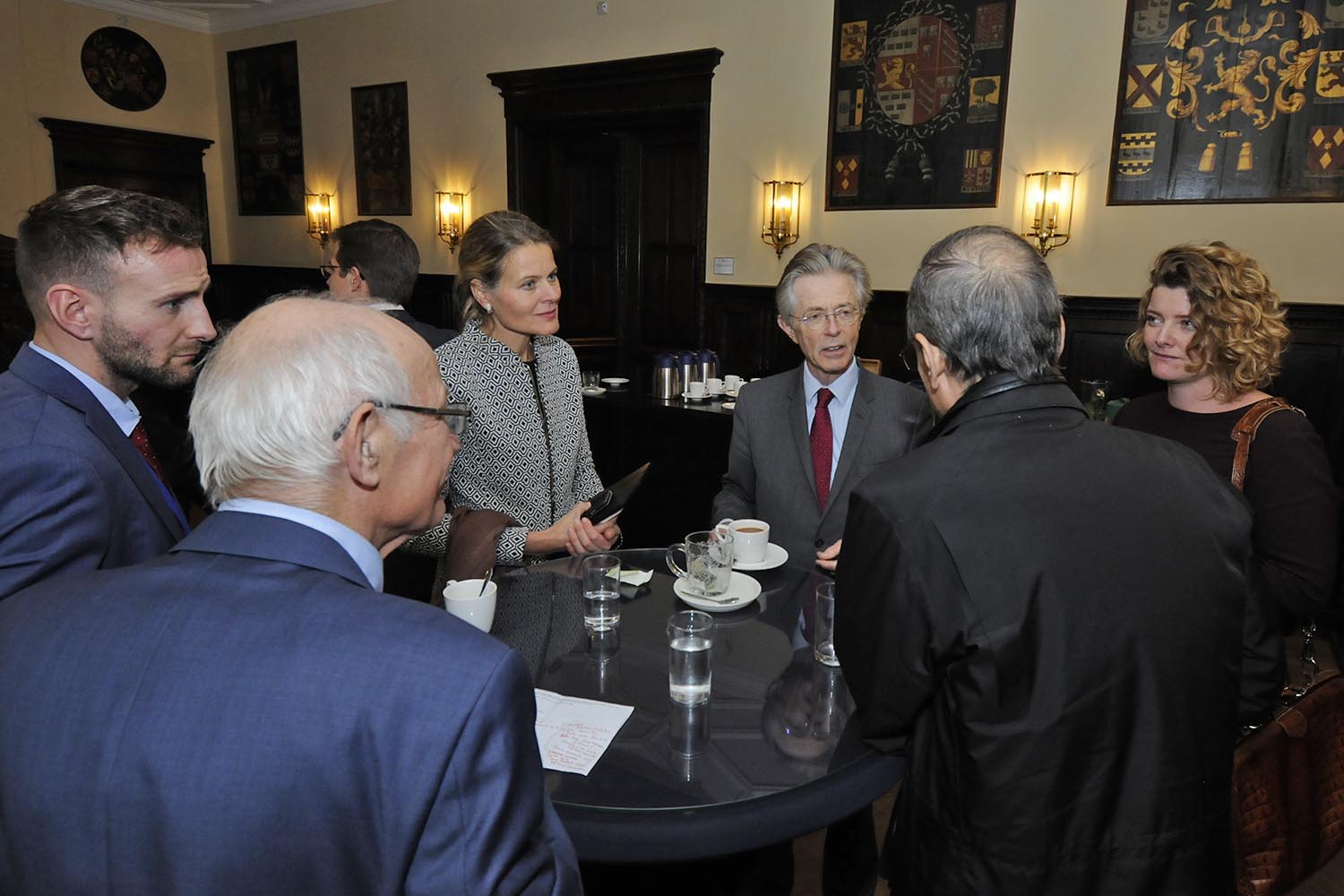
President Assad and his Russian/Iranian backers are ‘winning’ the Syrian civil war by not losing it. They have recaptured much territory since the Russian military intervention of September 2015, most notably the greater Aleppo area. In parallel, the Islamic State has been nearly defeated - at least on the battlefield - while other Syrian opposition forces have suffered appreciable setbacks. This has created the present stalemate that reflects in the de-escalation zones agreed during the sixth round of Astana talks in September 2017 (Kazakhstan).
To all practical intents and purposes, Syria is now divided in four zones. First, most of Western urban Syria is held by the regime of President Assad. That is, by the Syrian Arab Army, assorted Syrian and Iranian-sponsored militias and the Russian expeditionary force. Second, the Raqqa and Deir-ez-Zor areas in Eastern Syria are largely controlled by the US-backed Syrian Democratic Forces (mostly Syrian Kurdish militias) and forces loyal to President Assad respectively. Third, there are the enclaves in Northern Syria that the country’s Kurds have carved out for themselves. Fourth, a range of Syrian opposition forces continue to be in control of the Northwestern province of Idlib – notably Ahrar al-Sham and Hay’at Tahrir al-Sham – as well as of Southern parts of the country that borders Jordan.
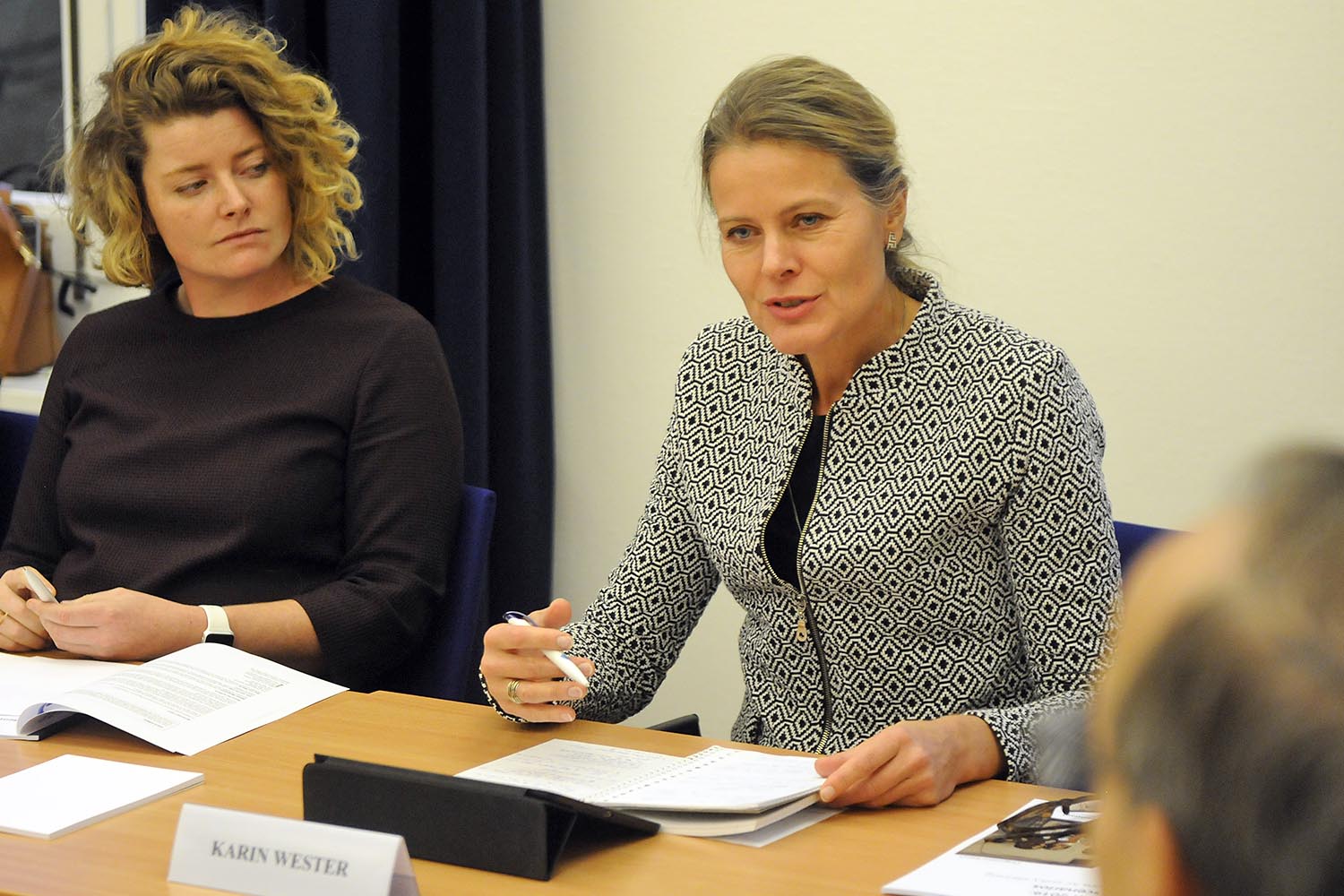
There are reasons to assume that the current situation is merely a stalemate. To start with, the regime has been clear all along that it intends to reconquer all of Syria. Its willingness to actually live up to its rhetoric should not be underestimated given the tenacity it has demonstrated so far. Moreover, while Western Syria contains most of the country’s remaining population, professional class and government infrastructure, Eastern Syria comprises vital resources like oil/gas reserves and productive agricultural land. It is hard to believe the regime will not at least try to acquire control over these assets. Third, with the Islamic State almost defeated and the regime having the military upper hand, it is entirely possible that US-support for the SDF will waver while the tacit cooperation between President Assad and the Syrian Kurds unravels at the same time. Hence, the current state of affairs may be less of a stalemate and more the beginning of the end of Syria’s nation-wide civil war.
The reconstruction of Syria?
Such an assessment inevitably puts the question on the table of how the reconstruction of Syria can be approached – a dire necessity given the country’s widespread destruction. While many uncertainties surround this topic, the roundtable discussion at Clingendael suggested there are also a few ‘certainties’:
First, the regime of President Assad will seek to control any reconstruction effort. It is not a risk that reconstruction efforts and funds will be used to re-establish regime control, rebuild regime institutions and benefit regime supporters. It is a certainty. Apart from instructive examples of aid capture from elsewhere that highlight the persistence of this phenomenon more generally (consider Afghanistan), there is also ample evidence of regime appropriation of humanitarian aid in Syria over the past few years.
Second, the dozes of billions of dollars required for the physical reconstruction of Syria are not (yet) available. Neither the Syrian regime nor its international supporters, Russia and Iran, are likely to be able to put up this kind of money given their internal domestic economic constraints. Neither the West nor the Gulf states are likely to want to do so in the absence of a roadmap for Syria’s political future that they can agree with. Yet, this roadmap is nowhere in sight. The consequence is that the current war economy will persist at a lower level of intensity. This may facilitate the rise of international criminal networks (operating out of Syria, as they did from Kosovo in the late 1990s and early 2000s), turn the regional refugee problem into a permanent situation and make ‘jihadi radicalism’ a regime export product much like the period of 2003 to 2009.
Third, and contrary to what some have argued, Western reconstruction finance will not translate into meaningful political influence on President Assad’s regime. There is, to start with, scant comparative evidence that aid actually buys political influence. Recipients tend to be extremely skilled in taking the aid and continuing with the implementation of their own domestic agenda in spite of any conditions imposed upon them. Moreover, it might suit President Assad’s inner circle just fine to keep the war economy running and take a gradual approach to recovery as it has significant financial interests at stake. It is not these elites that are suffering.
Fourth, engaging in reconstruction as a technocratic exercise - i.e. without a viable political roadmap agreeable to the key domestic conflict parties as well as relevant international players - is very likely to (re)create the original conflict drivers by perpetuating existing inequalities and solidifying current (regime) power brokers with guns, cash or both.
In sum, under these circumstances there is little point for Western countries to financially support the physical reconstruction of Syria in the near future – even if they could somehow initiate the consistency, durability and scale of effort that have been mostly absent in their policies and interventions so far. Yet, the impulse ‘to do something’ beyond humanitarian aid and support for refugees might well grow nevertheless, for example because of the sheer scale of human misery, fear of further radicalization and migration, or international pressure.
What can the West do?
If that ‘something’ is not financially supporting reconstruction efforts as long as a viable political roadmap and an independent execution mechanism are not in place, what should it be? Here, it is important to take a step back and realize that years of Western policy ambivalence, alterations and very limited levels of support for the Syrian opposition have played a significant role in its own political marginalization. In short, before there can be the kind of political engagement with the regime that is needed for a viable reconstruction effort, the conditions for such engagement having a chance of success need to be created. This requires at least three actions.
First, Western countries should drop the ‘global war on terror’ prism as the primary reference frame for intervening in the Syrian conflict and allocating their resources. The civil war was never about religious radicalization or jihadism – in fact, the Syrian regime has arguably committed by far the worst terrorist acts itself – and terrorism remains more a manifestation of the conflict than a root cause. Yet, the dominance of this frame in Western policy circles has disempowered moderate opposition groups, empowered the narrative of President Assad and allowed more radical groups to point to Western hypocrisy.
Second, related to the previous point, key Western European countries should disassociate themselves from the US in respect of the Syrian conflict. Not only does the US pursue a strategy in Syria that is almost exclusively focused on combating Sunni radical militancy and which disregards other key conflict causes, it is also on a collision course with Iran in the wide region and has not exactly been a force for stability in the Levant in recent history.
Third, these same Western European countries should engage Iran more constructively as a key regional power with legitimate interests in the regional order. This does not amount to starry-eyed acceptance of Tehran’s claims, but to a hard-nosed realist approach that looks for joint interests and builds on these for the sake of reducing violence in the region. Rejecting the Joint Comprehensive Plan for Action is certainly not the way to go.
In sum, although providing financial support for the reconstructing of Syria makes little sense at this point in time, there are important steps Western European countries can take in addition to continuing their humanitarian aid and resettlement support. The aim of such steps is to enable their come-back in the politics of conflict resolution in the medium-term. In the meantime, they will have to watch from the sidelines and contribute to reducing violence where they practically can.
